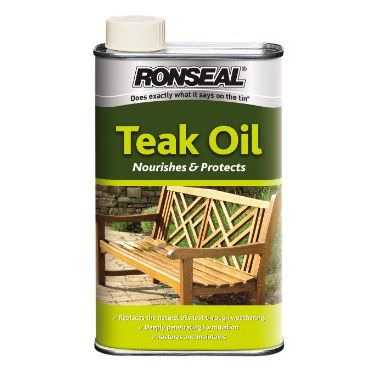If you’re a keen gardener, the rain is usually a welcome sight, especially after a dry summer. But when it doesn’t let up, it ruins all your hard work. Our lawns become muddy slip ’n’ slides, while our plants suffocate from the waterlogged soil.
Thankfully, there are steps you can take to protect your garden from the heavy rain. Here’s what you need to do when you get a chance…
Things to do now
1. Move your plants to shelter
If your plants are particularly delicate or vulnerable, you don’t want to expose them to heavy rainfall. Move them to a sheltered location, such as your garage, conservatory or shed. If they’re too heavy to easily move, you could cover them with tarpaulin instead. Just remember your plants will still need water once they’re under shelter.
What to read next
If you plan to leave your pots where they are, keep an eye on the trays beneath. You’ll want to avoid the roots sitting in water for longer than necessary or it could encourage root rot. The tray may need emptying regularly to keep on top of the rainfall – or you could flip the saucer to avoid the problem altogether.
2. Keep off your lawn and soil
While it’s frustrating to watch the rain taking its toll on your garden, avoid walking on the soil to reach your plants. Your weight will compact the composition and damage anything beneath, including the grass on your lawn. Stick to walking on your garden path or patio.
3. Aerate the soil
While you shouldn’t walk on your lawn (particularly if you have clay soil), if you can get to it, you can aerate your soil with a garden fork. Just take care not to damage any plants or roots as you do this. Simply pierce the surface repeatedly with your garden fork or hand fork. You can rock the handle to open the holes if needed.
This will prevent water from pooling on the surface and help it to penetrate the soil. Wait for the soil to dry for a couple of days before doing this.
4. Support your plants
If you’re worried about high winds doing some damage to your plants, there are steps you can take. You can support tall plants by tying them to stakes, such as these Bamboo Plant Supports. Garden string will hold them in place – just take care not to tie them too tight, as this can damage the stem. We recommend tying them using the figure of eight method, so there’s string between the stem and the support.
For any plants that have already fallen over, or for those which are spent, showing damage or disease, cut the excess away (making sure you disinfect the blades between snips so as not to spread disease). Otherwise, the roots can become damaged from the strain of the dead weight.
GHI Tip: You don’t need to cut back if the plant appears healthy. Overseeding can provide valuable food for wildlife over the colder months.
5. Check your drains for debris
The rain will wash all kinds of debris down the drain, loose leaves included. These can quickly create blockages and unwanted smells, leading to puddles of water building up around your garden and gutters. Inspect and unblock your drains regularly while wearing gardening gloves. It’s a good idea to do this if your garden has seen high winds and rain.
To do later
6. Mulch
Come springtime, it’s worth working organic matter into your beds. If you have clay soil, it will have an almost sticky consistency, which struggles to drain. By working organic matter, such as manure, into the surface of the soil, you’ll make it easier to work with while improving drainage at the same time, so water can better penetrate the surface.
You can also apply a layer of mulch to the surface once your plants begin to die back this autumn. This will better insulate the soil and retain moisture in the colder months. Just keep in mind that organic matter will break down over time, so you’ll need to reapply it each year. It’s also a good idea to layer it on the surface in the springtime to fend off weeds. Aim for a layer of about 2-3 inches of mulch for it to be effective.
7. Build a rain garden
If rain is frequent in your area, consider building a rain garden. As the name suggests, this is a space filled with plants that can handle high rainfall and even (temporarily) waterlogged conditions. They’re usually placed in a shallow part of the garden where water from the roof and elsewhere in the garden collects.
It can be filled with perennials, such as yellow flag irises, bistorts and primroses. In doing this, you’re taking advantage of the rain and helping out wildlife at the same time.























